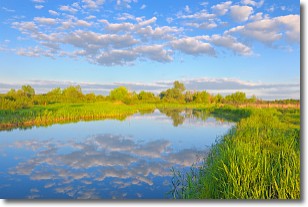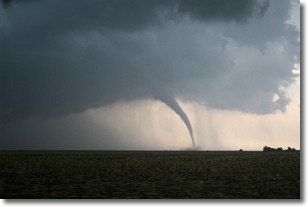Weather Alert in North Carolina
Flash Flood Warning issued July 6 at 11:10PM EDT until July 7 at 2:00AM EDT by NWS Raleigh NC
AREAS AFFECTED: Moore, NC
DESCRIPTION: FFWRAH The National Weather Service in Raleigh has extended the * Flash Flood Warning for... Moore County in central North Carolina... * Until 200 AM EDT. * At 1110 PM EDT, radar estimates and observations indicate that between 3 and 7 inches of rain fell across the areas and flash flooding was observed. Numerous rivers and creeks flooded roads earlier and while the rain has ended and water is beginning to recede, some lingering areas of flooding remain. Please do not travel as the dangers of flooding are hard to see at night. HAZARD...Flash flooding caused by thunderstorms. SOURCE...Emergency management reported. IMPACT...Flash flooding of small creeks and streams, urban areas, highways, streets and underpasses as well as other poor drainage and low-lying areas. * Some locations that will experience flash flooding include... Southern Pines, Carthage, Pinehurst, Aberdeen, Whispering Pines, Pinebluff, Robbins, Foxfire, Taylortown, Vass, Cameron, Seven Lakes, Eagle Springs, Highfalls and Glendon.
INSTRUCTION: Be especially cautious at night when it is harder to recognize the dangers of flooding.
Want more detail? Get the Complete 7 Day and Night Detailed Forecast!
Current U.S. National Radar--Current
The Current National Weather Radar is shown below with a UTC Time (subtract 5 hours from UTC to get Eastern Time).

National Weather Forecast--Current
The Current National Weather Forecast and National Weather Map are shown below.

National Weather Forecast for Tomorrow
Tomorrow National Weather Forecast and Tomorrow National Weather Map are show below.

North America Water Vapor (Moisture)
This map shows recent moisture content over North America. Bright and colored areas show high moisture (ie, clouds); brown indicates very little moisture present; black indicates no moisture.

Weather Topic: What are Stratocumulus Clouds?
Home - Education - Cloud Types - Stratocumulus Clouds
 Next Topic: Stratus Clouds
Next Topic: Stratus Clouds
Stratocumulus clouds are similar to altocumulus clouds in their
fluffy appearance, but have a slightly darker shade due to their additional mass.
A good way to distinguish the two cloud types is to hold your hand out and measure
the size of an individual cloud; if it is the size of your thumb it is generally
an altocumulus cloud, if it is the size of your hand it is generally a
stratocumulus cloud.
It is uncommon for stratocumulus clouds to produce precipitation, but if they do
it is usually a light rain or snow.
Next Topic: Stratus Clouds
Weather Topic: What are Wall Clouds?
Home - Education - Cloud Types - Wall Clouds
 Next Topic: Altocumulus Clouds
Next Topic: Altocumulus Clouds
A wall cloud forms underneath the base of a cumulonimbus cloud,
and can be a hotbed for deadly tornadoes.
Wall clouds are formed by air flowing into the cumulonimbus clouds, which can
result in the wall cloud descending from the base of the cumulonimbus cloud, or
rising fractus clouds which join to the base of the storm cloud as the wall cloud
takes shape.
Wall clouds can be very large, and in the Northern Hemisphere they generally
form at the southern edge of cumulonimbus clouds.
Next Topic: Altocumulus Clouds
Current conditions powered by WeatherAPI.com




